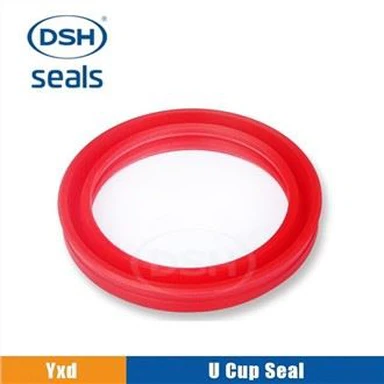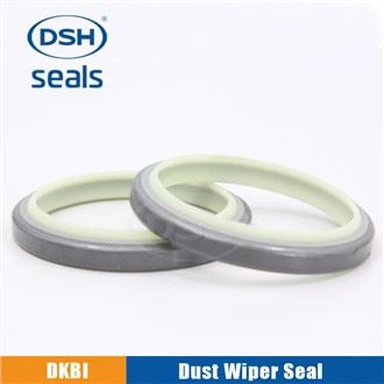Basic Properties Of Hydraulic Rubber Sealing Materials
Dec 31, 2021
During the operation (application) of seals in mechanical equipment, Dongsheng Seals tells you that we always encounter many bad factors of seals, such as cracking, deformation, leakage, poor hardness performance, and low pressure resistance. Etc... These are all bad factors that we perceive have a great relationship with your choice of sealing material (material), such as temperature, hardness, tensile strength, elongation, rebound rate, compression set performance. Xiaodongsheng (Editor) today will share with you the introduction of three common properties of rubber seals hidden in sealing materials (materials).
1.Temperature
The operating temperature range of the rubber seal is an important parameter. Not only the temperature used in the hot state (high temperature resistance), but also the use temperature in the cold state (cooling performance, low temperature resistance) should be considered. Under thermal (high temperature resistance) use temperature conditions, at some point the sealing material will begin to soften (this is the high temperature rate) or chemically change. Under the use of cold (cooling performance, low temperature resistance) temperature, the sealing material will start to harden at a certain point, so that the seal becomes brittle to the seal cracking.
2.Hardness resistance.
Elastomeric rubber sealing materials develop different hardness points. For example, the Shore hardness range of 0-type seals is usually 60-90 hardness units. While harder O-rings are very resistant to extrusion, softer O-rings have lower burst or sliding friction properties.
3.Strength resistance.
All elastomeric sealing materials have lower tensile strengths than other sealing materials. When the tensile strength decreases, which is lower than normal due to the influence of the surrounding environment or incorrect alignment, the elastomer is damaged.







